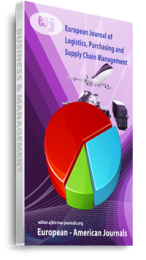This paper examines the operational cost structure of Nigeria’s road haulage industry, with a particular focus on cost drivers, truck model preferences, fleet efficiency, and cost optimization strategies. Employing the Friedman Test and Principal Component Analysis (PCA), 27 operational cost drivers were ranked, revealing driver salaries, vehicle maintenance, lubricants, and regulatory compliance fees as the most critical expenditures. The analysis indicates a strong preference for Chinese-manufactured trucks (e.g., HOWO, Foton) due to affordability, while European brands (DAF, Scania, Iveco) demonstrate superior durability but incur higher maintenance costs. Results further highlight the low adoption of fleet management technologies, such as GPS tracking, fuel monitoring, and Transport Management Systems (TMS), which exacerbates operational inefficiencies. Additionally, regulatory obligations, including licensing and inspection costs (e.g., VIO papers, emblems, and stickers), significantly constrain profitability. The deteriorating road infrastructure compounds these challenges, contributing to high depreciation rates and accelerated tyre wear. To mitigate these cost pressures, the study recommends the adoption of preventive maintenance strategies, digitalized regulatory compliance, increased integration of fleet management technologies, and diversified fleet composition to achieve a balance between cost-effectiveness and durability. By establishing a structured framework for ranking cost drivers and exposing critical technology gaps, this study provides actionable insights for enhancing efficiency, reducing operational costs, and strengthening competitiveness in Nigeria’s road haulage sector.
Keywords: Fleet Management, Nigeria, cost drivers, logistics efficiency, regulatory compliance, road haulage

